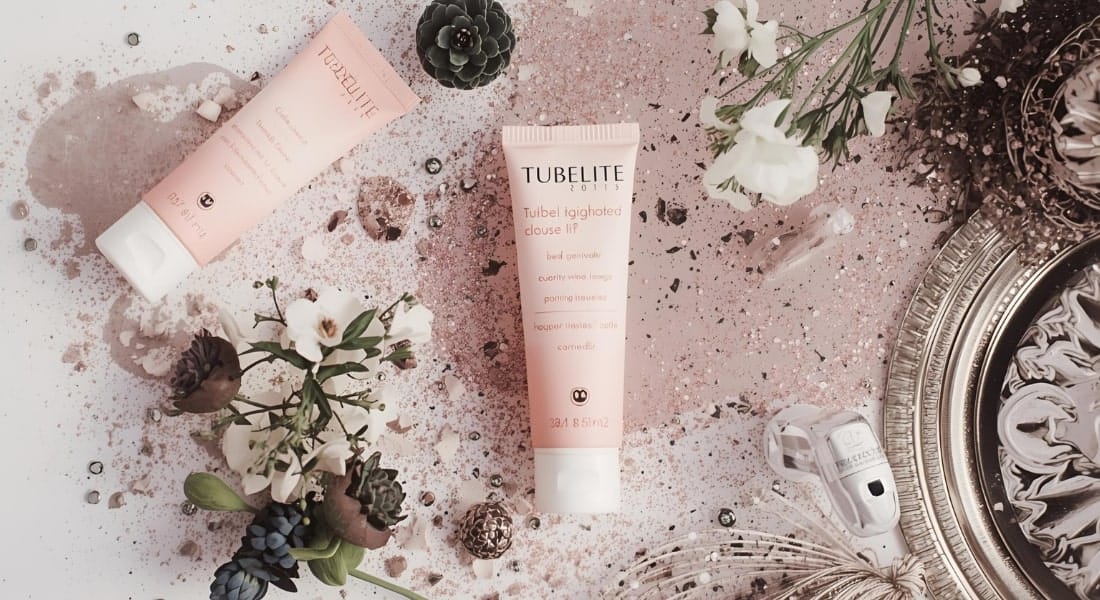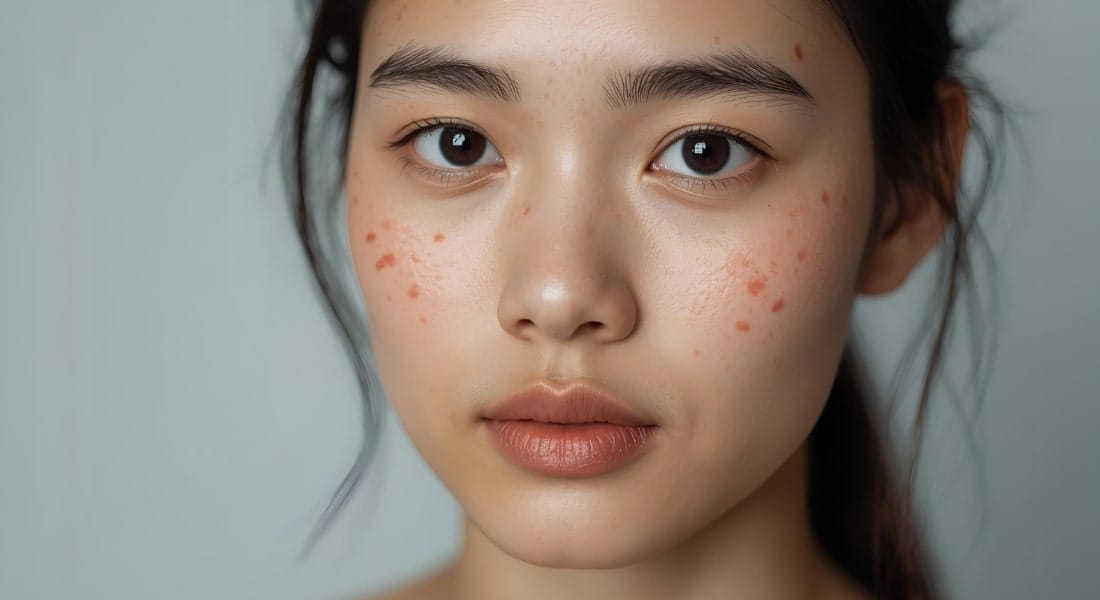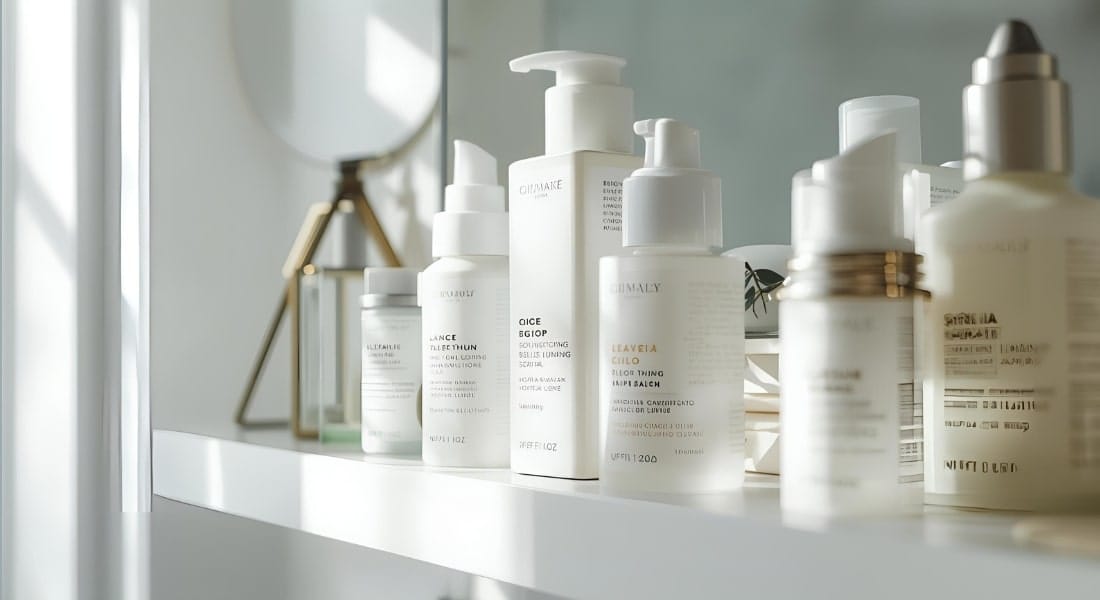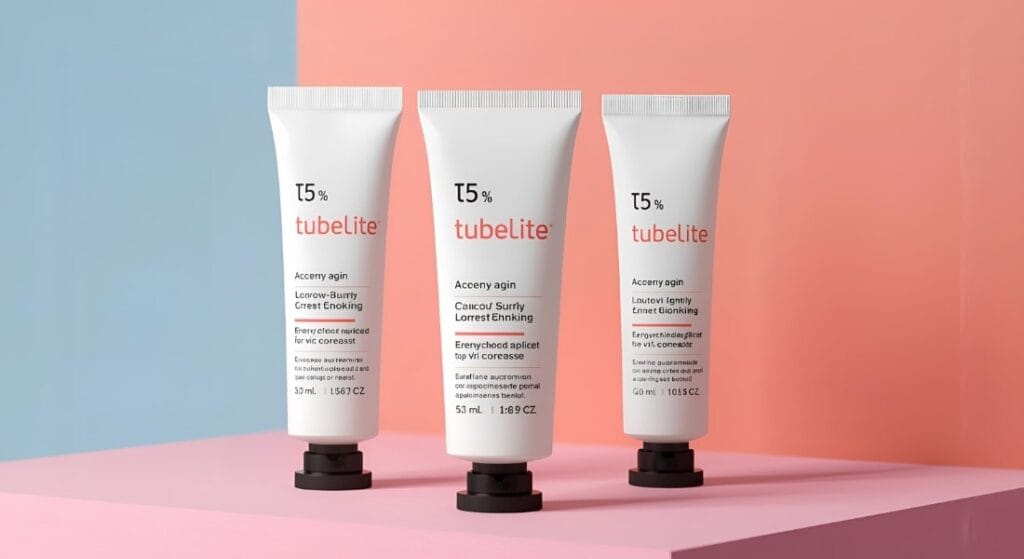Acne is more than just a skin condition; it’s a frustrating, often confidence-sapping experience. The market is saturated with “acne-fighting” products, but many of their claims are just marketing hype. For anyone dealing with breakouts, learning how to read skincare labels for acne is the most powerful tool you can have. Understanding what ingredients are truly effective, what terms actually mean, and what to avoid can make all the difference between a clear complexion and an ongoing battle with irritation and breakouts. This guide will demystify the science behind acne product labels explained in simple, clear terms, so you can choose the right products for your skin with confidence.
Why Reading Skincare Labels Matters for Acne
Acne-prone skin is inherently sensitive and reactive. It’s a delicate ecosystem where a single wrong ingredient can trigger a flare-up. Many common skincare ingredients, while harmless for other skin types, can clog pores or cause inflammation in acne-prone skin, worsening your condition. Knowing the difference between active and inactive ingredients and understanding key terminology is essential. This knowledge empowers you to select products that genuinely target acne without causing additional problems, saving you time, money, and frustration.
Key Terms to Look for on Labels
Manufacturers use specific terms to signal that a product is suitable for sensitive or acne-prone skin. However, not all of these terms are regulated, so it’s important to know what they mean.
- “Non-comedogenic”: This is one of the most important terms for acne-prone individuals. It means the product has been formulated to not clog pores. While this isn’t a federal regulation, brands typically have products tested to ensure they don’t block sebaceous follicles. Look for this term as a strong indicator that the product is a safer choice.
- “Oil-free”: This means the product does not contain oils that can contribute to clogged pores. However, it’s not a guarantee that it won’t cause breakouts, as other ingredients (like heavy emollients or certain silicones) can also be comedogenic. It’s a good starting point, but a non-comedogenic label is more definitive.
- “Fragrance-free”: Artificial fragrances are a common irritant and can cause inflammation, which worsens acne. Products labeled “fragrance-free” are generally safer for sensitive, acne-prone skin. It’s different from “unscented,” which may contain chemicals to neutralize an unpleasant odor.
- “Hypoallergenic”: This term suggests the product is less likely to cause an allergic reaction. Like “non-comedogenic,” it is not regulated, but it signals that the brand has made an effort to exclude common allergens and irritants.
- “Dermatologically tested”: This indicates the product has been tested under the supervision of dermatologists. While this doesn’t guarantee a specific result, it does suggest a level of clinical validation and safety.
Must-Have Acne-Fighting Ingredients
When you’re searching for acne-fighting ingredients in skincare, these are the workhorses you should look for. They are backed by dermatology and have proven efficacy.

- Salicylic Acid: A beta-hydroxy acid (BHA) that is oil-soluble, allowing it to penetrate deep into pores. It exfoliates the skin from the inside out, unclogging pores and preventing new breakouts. It’s a key ingredient in many cleansers and spot treatments.
- Benzoyl Peroxide: This ingredient works by killing the P. acnes bacteria that contribute to breakouts. It’s highly effective for inflammatory acne but can be drying and irritating, so it should be used with caution.
- Niacinamide: Also known as Vitamin B3, this ingredient is a true multi-tasker. It helps reduce inflammation and redness, strengthens the skin barrier, and can help regulate oil production. It’s a great complementary ingredient for an acne regimen.
- Retinoids: Derivatives of Vitamin A, retinoids accelerate cell turnover, preventing dead skin cells from clogging pores. They are powerful and effective for both acne and anti-aging. Start with a low concentration and gradually increase use to avoid irritation.
- Zinc & Azelaic Acid: Zinc is known for its anti-inflammatory and oil-regulating properties. Azelaic acid has both antibacterial and anti-inflammatory benefits, and it also helps to fade post-acne dark spots.
When looking for a cleanser, a product like TUBELiTE akneklenz is a great example of a formula that includes acne-targeted ingredients like Salicylic Acid, making it an effective first step in your routine.
What to Avoid in Acne Skincare Labels
Just as important as knowing what to look for is knowing what to avoid. Certain ingredients can actively harm acne-prone skin.
- Harsh Alcohols: Alcohols like SD Alcohol, Ethanol, or Isopropyl Alcohol can strip the skin of its natural oils, leading to dryness and irritation. This can cause the skin to produce even more oil to compensate, worsening breakouts.
- Mineral Oil & Petrolatum: While some argue these are non-comedogenic, they are heavy and occlusive, which can be problematic for some skin types. They are not ideal for non-comedogenic products and are often found in thick, pore-clogging moisturizers.
- Artificial Fragrances & Dyes: As mentioned earlier, these are common irritants. They don’t provide any skincare benefits and can lead to inflammation and allergic reactions.
- Heavy Silicones: Certain silicones like Dimethicone can form a barrier on the skin that, while providing a smooth feel, can trap sebum and dead skin cells underneath, leading to breakouts.
When choosing a moisturizer, you want one that hydrates without clogging pores. Instead of a random, heavy moisturizer, choose a product specifically designed for acne-prone skin, such as TUBELiTE aknehydrate. It provides essential hydration without the pore-clogging ingredients.
Sunscreen Labels for Acne-Prone Skin
Many people with acne avoid sunscreen because they fear it will clog their pores and cause more breakouts. However, UV exposure can darken post-acne marks and worsen inflammation. Finding the right sunscreen for acne-prone skin is a non-negotiable step.
Look for sunscreens that are:
- Non-comedogenic and oil-free: These formulas are lightweight and less likely to cause breakouts.
- Mineral-based (Zinc Oxide and Titanium Dioxide): These are often less irritating and can be less likely to clog pores compared to some chemical filters.
- Lightweight or Gel-based formulas: These formulas feel less heavy on the skin and are less likely to leave a thick, greasy residue that can lead to breakouts.
A product like TUBELiTE akneskreen is an ideal example, as it is formulated to be a non-comedogenic, oil-free sunscreen that provides broad-spectrum protection without the risk of aggravating acne.
Special Ingredients for Acne + Pigmentation

For many, the aftermath of acne—the dark spots and marks—can be just as frustrating as the breakouts themselves. These are known as Post-Inflammatory Hyperpigmentation (PIH). Fortunately, some products are formulated to tackle both acne and its resulting pigmentation.
Ingredients like Azelaic Acid, Niacinamide, and Vitamin C are excellent for this dual purpose. They help with inflammation and oil control while also targeting the enzymes responsible for melanin production. For specific pigmentation issues, including post-acne dark spots, a product like TUBELiTE melaminus is a targeted treatment that works on stubborn marks and melasma, helping to even out skin tone after breakouts have subsided.
How to Build a Routine by Reading Labels
Building a simple, effective routine is easy once you understand the labels. Here’s a foolproof regimen:
- Cleanse: Start with a gentle cleanser that contains an active ingredient like Salicylic Acid. For instance, TUBELiTE akneklenz will clear your pores without stripping the skin. Read the label to find the active ingredient percentage and use as directed.
- Hydrate: Follow up with a lightweight, non-comedogenic moisturizer. A product like TUBELiTE aknehydrate will provide hydration without causing new breakouts.
- Protect: Apply a non-comedogenic, oil-free sunscreen like TUBELiTE akneskreen every morning. This is the single most important step for preventing marks from darkening.
- Treat (If needed): If you’re dealing with pigmentation, incorporate a targeted product like TUBELiTE melaminus in your evening routine, following the instructions on the label carefully.
Always check the order of ingredients. The first few ingredients are present in the highest concentration. Active ingredients, especially in medicated products, are often listed separately.
Frequently Asked Questions
Q: What does “non-comedogenic” actually mean?
A: “Non-comedogenic” means the product is formulated to not clog pores. While the term isn’t government-regulated, it’s a strong sign that the company has tested the product to ensure it’s suitable for acne-prone skin.
Q: Should acne products always have salicylic acid?
A: Not necessarily. Salicylic acid vs benzoyl peroxide offers different benefits. Salicylic acid is great for unclogging pores, while benzoyl peroxide kills acne-causing bacteria. The best ingredient depends on your specific type of acne, but a simple routine often includes one or both.
Q: Is fragrance always bad in acne skincare?
A: While some people with non-reactive skin can tolerate it, fragrance is a leading cause of irritation and inflammation, which can worsen acne. To be safe, it’s best to choose fragrance-free acne products to reduce the risk of breakouts and sensitivity.
Q: How do I know if a sunscreen is safe for acne?
A: Look for keywords like “non-comedogenic,” “oil-free,” and “dermatologist-tested.” Lightweight, gel, or mineral-based sunscreens (with zinc oxide or titanium dioxide) are typically better choices for acne-prone skin than heavy, cream-based formulas.
Q: Can I mix multiple acne-fighting products?
A: Be cautious. Over-mixing can cause severe irritation and damage your skin barrier. Stick to one active ingredient per routine (e.g., salicylic acid cleanser in the morning, a retinoid at night) and always patch-test new products.
Conclusion

Understanding skincare labels is a foundational skill for managing acne. It allows you to move beyond marketing claims and choose products based on scientific evidence. By focusing on key terms, embracing effective ingredients, and avoiding common irritants, you can build a safe and effective regimen. The TUBELiTE range (including aknehydrate, akneklenz, akneskreen, and melaminus) offers a suite of clinically relevant, dermatology-backed products that make it easier to build a trusted, effective acne-fighting routine.

